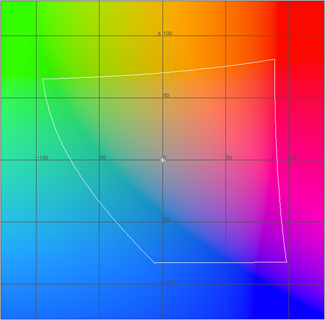I have posted in my Words/Theory of Practice section a new paper titled Camera Profiling that covers the methodology, workflow and colorimetric advantages of custom calibration and profiling of Hasselblad H System cameras. While the Hasselblad Natural Color Solution (HNCS) provides an accurate ‘straight out of the box’ result, small but significant productivity and quality gains can be achieved with a custom camera profile that accounts for the scene illuminant. This paper includes a step by step procedure for making a custom camera profile with Xrite’s Profile Maker 5 camera module and ColorChecker Digital SG test chart. The custom profile is evaluated against the generic Hasselblad RGB profile, and incorporates illuminant calibration, and the Phocus scene calibration and lens corrections. I expect this will be of most assistance to the precise photography of cultural and biological collections, and the tethered capture of product and fashion photography where dyes and pigments can produce aberrant inconstancy and metamerism failure.
Also recently posted in my Words/Theory of Practice section is my Soft-Proofing Theory paper which outlines the theoretical factors determining the limits of soft-proofing simulations along with workflow solutions to the most common soft-proofing errors and misunderstandings. I wrote this paper in response to the questions raised in my Monitor Theory paper regarding the importance of what a screen calibration (and therefore the monitor’s image) refers to. For very good reasons Photoshop’s View/Proof Setup option has become a default approach to soft proofing, but it is also a very poor solution when accurate soft proofing is required. For example, Photoshop’s method pays no attention to the calibrated state of the monitor, let alone type of monitor, nor the ambient lighting and other environmental influences, nor the accuracy of the printer profile, in particular how critically it represents the media’s white point. This of course becomes even more fraught when optical brightening agents are included in the media. My Soft-Proofing Theory paper examines the various factors influencing and determining the accuracy of the soft-proof, and provides solutions on how to ensure the most accurate soft-proof can be obtained.



{ 0 comments… add one now }